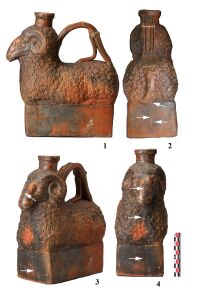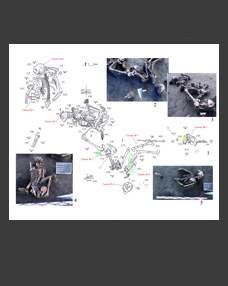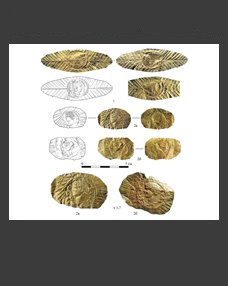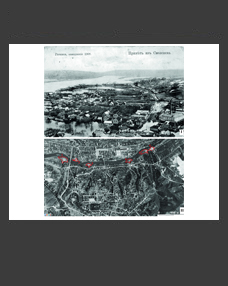 Denis V. Zhuravlev1,*, Polina V. Guryeva2,**, Ekaterina S. Kovalenko2,***, Elena Yu. Tereshchenko2,3,****, and Ekaterina B. Yatsishina2,*****
Denis V. Zhuravlev1,*, Polina V. Guryeva2,**, Ekaterina S. Kovalenko2,***, Elena Yu. Tereshchenko2,3,****, and Ekaterina B. Yatsishina2,*****
1State Historical Museum, Moscow, Russia
2National Research Centre “Kurchatov Institute”, Moscow, Russia
3A.V. Shubnikov Institute of Crystallography at the Federal Research Centre “Crystallography and Photonics” RAS, Moscow, Russia
*E-mail: denzhuravlev@mail.ru
**E-mail: Gureva_PV@nrcki.ru
***E-mail: Kovalenko_ES@nrcki.ru
****E-mail: elenatereschenko@yandex.ru
*****E-mail: Yatsishina_eb@nrcki.ru
Keywords: plastic vessel, the Roman period, X-ray tomography, Cnidus.
The article considers two textbook-famous Cnidian plastic vessels from the collection of the State Historical Museum in Moscow. One of them, shaped as a ram, comes from the excavations of N.I. Veselovsky in the Kuban region, the second one – a lagynos with erotic scenes on its body – was found by I.I. Gushchina at the Late Scythian burial ground Belbek IV in the Southwestern Crimea. As part of a project to do research on monuments of the classical period from the State Historical Museum collection, an X-ray tomographic study of these vessels was conducted at the National Research Centre “Kurchatov Institute”, which made it possible to clarify the technology of their manufacture.
DOI: 10.31857/S0869606324020039, EDN: XKGVVU







